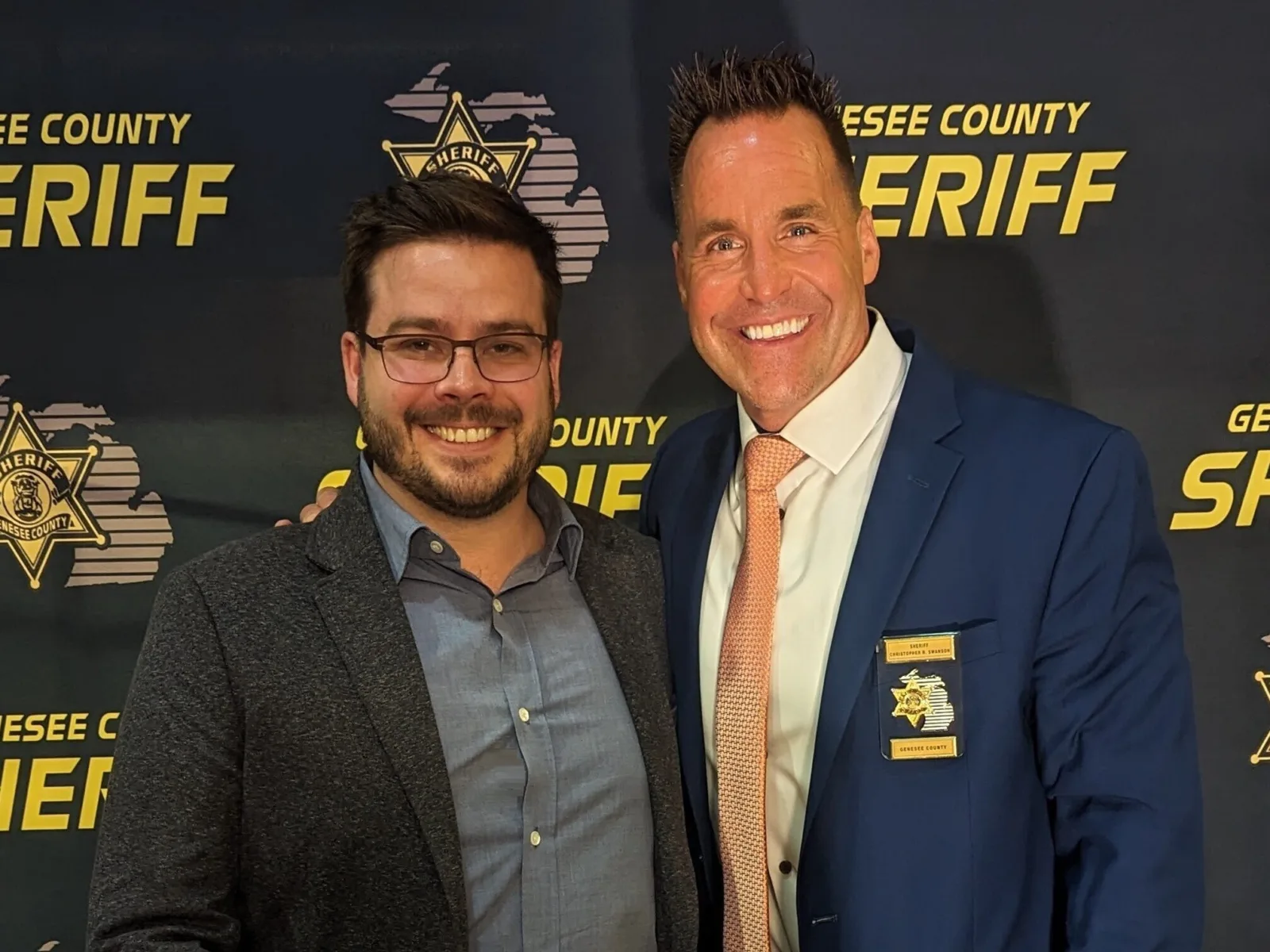At a first of its kind convening of almost 600 gun violence researchers and anti-violence practitioners in Washington D.C., this week, Arnold Ventures President and CEO Kelli Rhee spoke on a panel about the role of philanthropy in the effort to understand and address the causes and effects of gun violence.
Rhee was joined by Judy Belk, president and CEO of The California Wellness Foundation; Ellen Alberding, president and CEO of the Joyce Foundation; and James Burnett, managing director and founding editor of The Trace (who moderated the panel). The three foundation leaders were united in their diagnosis of the problem: Gun violence is a public health emergency, but it is not being treated as such.
Gun violence hasn’t been addressed as a public health crisis.Kelli Rhee president and CEO for Arnold Ventures
“Your work has been underfunded,” Rhee told the audience at the National Research Conference on Firearm Injury Prevention. “That is in large part because gun violence hasn’t been addressed as a public health crisis. If you go back to the 1970s when traffic deaths were rising, a federal commission was established and millions of dollars were given annually to identify how we make roads safer. And it worked. So why isn’t the same thing happening here?”
Gun deaths in the United States have increased sharply over the last few years and are now at their highest level in decades. For children and adolescents, gun violence has surpassed car accidents to become the leading cause of death. And new research shows that the rate of firearm deaths are rapidly increasing for women — and Black women in particular. Despite these grim statistics, research into gun violence and how to address it remains woefully inadequate and underfunded.
Part of the reason is that the 1996 Dickey Amendment — which banned the Centers for Disease Control and Prevention (CDC) from advocating for gun policies — was erroneously interpreted as a complete ban on federal funding for gun research. Because of this, a large funding gap has accumulated over the subsequent decades, and it is now estimated that around $600 million in research funding is needed over the next five years to make up for lost time and provide adequate data infrastructure and research support.
However, progress is being made. In 2019, Congress appropriated $25 million for gun violence research, and subsequent budgets have included continued support.
Philanthropic organizations are also increasingly responding to this need — and it is beginning to have an impact. In June, President Biden signed a bipartisan gun safety bill, the first meaningful piece of firearm legislation in three decades. That breakthrough occurred, Alberding said, because a body of research has been developed around what policies can make a difference. And this research exists, in part, due to the trailblazing efforts of philanthropies like the California Wellness Foundation, the Joyce Foundation, and Arnold Ventures, among others.
The willingness to absorb risk and be an early adopter was a recurring theme amongst the panelists’ remarks. Funders are often risk-adverse, Belk explained, and it helps convince and provide cover to others when credible foundations take the lead. Echoing this perspective, Rhee stated that gun violence research is scary for some foundations given the highly politicized nature of the topic.
The panelists also all agreed that it is critical to pursue and promote diversity and tackle structural inequities in the gun violence research field. This involves not only evaluating grant proposals through diversity, equity, and justice lenses, but also investing in building a more diverse field of researchers and more consciously involving impacted communities.
One of the key learnings from this year’s National Research Conference on Firearm Injury Prevention is that the gun violence crisis is complex and multi-faceted and addressing it will require building a collaborative ecosystem of researchers, advocates, community members, policymakers, and public and private funders.
Despite increased philanthropic attention to, and funding of, gun violence research, much more is needed. Foundation spending alone will not be enough to reverse the deteriorating trends around gun violence. For this reason, among others, research must be connected to, and focused on, policy change. This includes continuing to push the federal government to expand on their current, relatively small-scale commitments to gun violence research.
“Policy sticks and policy scales in a way that philanthropic dollars do not,” Rhee said.
It’s Time to Stop Just Talking About Gun Violence and Invest in Saving Lives
In a new video, Arnold Ventures explains the current landscape of gun violence in the U.S. — and the three things we can do right now to save lives while preserving Second Amendment rights.























